News
News Archive
- ‘Amid the Hills of Redesdale’ community radio play released!
- A Fantastic Year for Redesdale!
- Archaeological Excavation report produced for Bellshiel
- Archaeological Excavation report produced for Yatesfield enclosed settlement
- Archaeological Survey Report Published For Ancient Settlement At Rattenraw
My Revitalising Redesdale: More Than 30 Days Wild
June 3, 2020
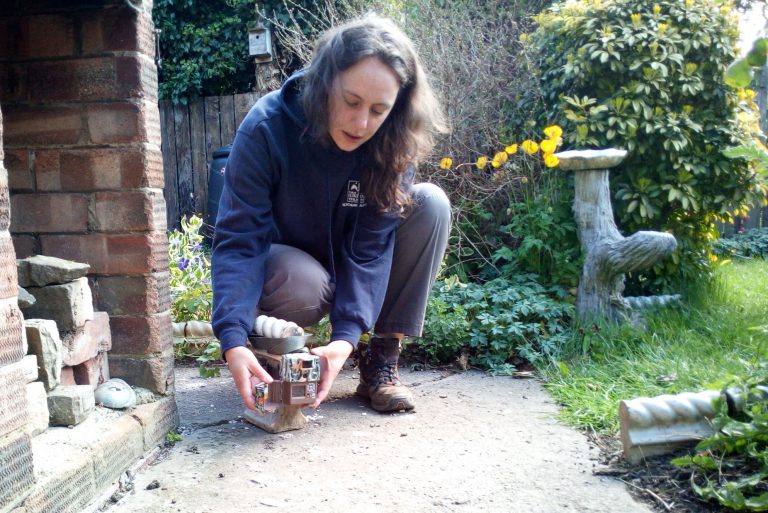
by Jennifer Care, Revitalising Redesdale Farming and Wildlife Officer.
This global pandemic has changed the way we do things. Our world seems smaller. For many of us life has slowed down. However, it’s a good opportunity to re-engage with our local area and learn about the wildlife on our doorstep.
I have always had a fascination with nature. I feel better with it around me and I love having a job where I can protect and champion our amazing natural world. However, it was not until last year that I took part in The Wildlife Trust’s 30 Days Wild challenge for the first time. This annual challenge to spend time closer to nature every day in June made me aware of how much I already do, reminding me to live in the moment and to appreciate the everyday miracles of nature. It’s started again this week and there’s still time to get involved http://wildlifetrusts.org/30DaysWild.
I get lots of wonderful wildlife with my job, but I still try to sneak in some extras. So, here are just a few of the marvellous moments of nature I’ve snuck into busy days of events, practical conservation, meetings and more in Redesdale over the past couple of years and ideas for how you can easily add something similar to what you do:

1. Take a nature photograph.
Last year I took part in a training day to learn how to do Modular River Physical Surveys (if you’re feeling nosy you can find out more about this citizen science project here). It’s a fairly technical and time-consuming technique to survey the geomorphology of the river, which we hope will be useful in providing a baseline and monitoring the success of our river restoration work. We spent time practising the survey methods at the river. It was a glorious sunny day and clouds of banded demoiselles were flying around. I took a few minutes out to try to catch them on my phone camera…They were tricky to photograph, spotting me and moving away, but this male was perhaps distracted enough for me to get close, having caught a mayfly!
You don’t need to be a professional to use a photograph to get a closer look at something interesting or beautiful and perhaps you, unlike me, can even photograph your subject without a blade of grass in the way!
2. Learn something new.
One of the amazing things about the natural world is that it’s so large, diverse and continually changing that there’s always something new to learn! I frequently puzzle why, how, or what about things I see, but much less frequently remember to research the answers later. However, after my second sighting of this strange fungus on a sheep skull I took a photo and tried to find out what it is.

Sometimes these things get very complicated, with lots of similar species, but luckily this one was pretty distinctive. It’s called Onygena equina, commonly known as the horn stalkball. Apparently it is not often recorded due to its unusual habitat requirements: Its spores germinate better having first been through the gut of a herbivore; they then need to be excreted near a suitable carcass, as this fungus digests keratin and grows on putrefying horns and hooves of cattle and sheep. It’s amazing the way everywhere is home to something!
The trick is to be curious. Wonder. Then go and find out.
3. Eat outside
This one is a bit of a cheat really – when on a practical conservation task, removing non-native Sitka spruce regeneration from a peat bog, where else were we going to eat but outside?! However, that’s the thing about meals, it’s a pause, so where better to spend that time than outside on a beautiful day. With the mosses and heathers as a cushion, a soundtrack of skylarks and expansive views (and of course a hard-earned lunch), I remember it as a perfect setting to immerse in nature.

You can do it at home. Take a sandwich outside. Perhaps go barefoot if you have a lawn. Listen, look, feel.
4. Become a citizen scientist
Those who know me will know I’m a huge wildlife enthusiast, constrained by too little time and too many interests. I dip into a few different surveys and submit sightings to the local records centre. However, for the last few years, much of my spare-time wildlife activity has been focused on birds, participating in the BTO bird ringing scheme and, more recently, their nest record scheme.

Last year I found this nest of swallows at one of the Redesdale community sites I was working at and monitored it. There were two chicks and both successfully fledged.
My photo is a bit dark, but if you’d like to see swallow chicks in Redesdale then, Wild Intrigue have a camera on a nest in West Woodburn. Look soon before the chicks fledge!
You can become a citizen scientist too just by seeing some wildlife and letting your local records centre know (in Redesdale that’s ERIC North East, but if you’re outside the North East then look up your local centre here). You just need to know what you saw, when and where! Remember that all wildlife sightings are important, even those of species considered common.
Alternatively, you can get involved in a particular study. There are many citizen science projects going on covering all sorts of different wildlife; find one to suit you here.

5. Change your perspective
All this is very well, you say, but how do I actually find any interesting nature? My tip is to look at more than just what is immediately in front of you – change your perspective! Look up – watch clouds, see how tree branches can frame the sky, watch a buzzard or a skylark soar.

Look down and spot vole tunnels and latrines in tussocks of grass or beauties like this adder – he was basking on a road verge as I was doing a botany survey.

Look big, at hills, rivers, sunrise and sunset, and look small, at miniature landscapes of lichens and mosses, like this lawn of devil’s matchstick lichen with trees of heather at Benshaw Moor.
Test your imagination and think what it might be like to be one of our wild neighbours. What would the world look like (it’s not just about physical perspective – did you know bees see a different range of colours to us?!)? Where would you shelter or drink? How would you communicate? How would your offspring disperse?
Perhaps the more we can see things from a wildlife perspective the more we can see ways to help. If you’re feeling inspired, then a good place to start is The Wildlife Trusts’ host of ideas of simple things to help wildlife.
Finally, please share your wildlife experiences with others and help them connect with nature too (live wildlife webcam anyone?). Our natural world is facing a plethora of challenges and it needs all of us to help! For people to take action for nature, they first need to care. For people to care, they first need to know about the natural world and its wonders!
Perhaps learning to steal a moment with nature within our busy lives, marvelling at something different each day, is a good step to keep when normality (whatever it will be) resumes.
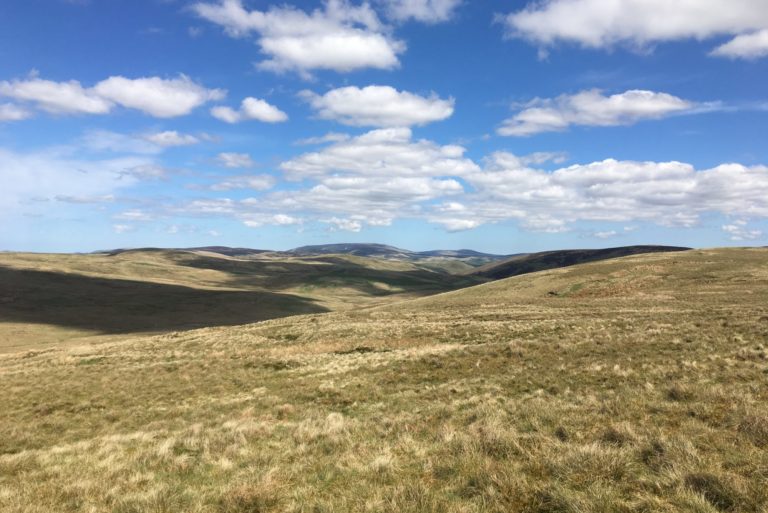
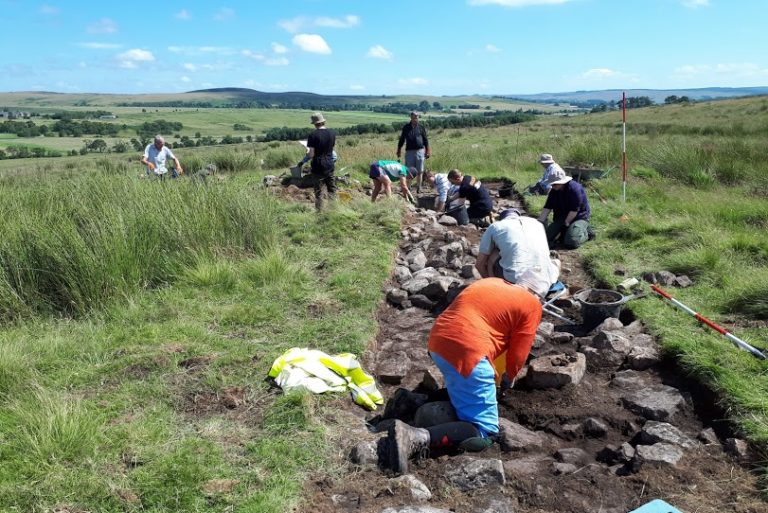
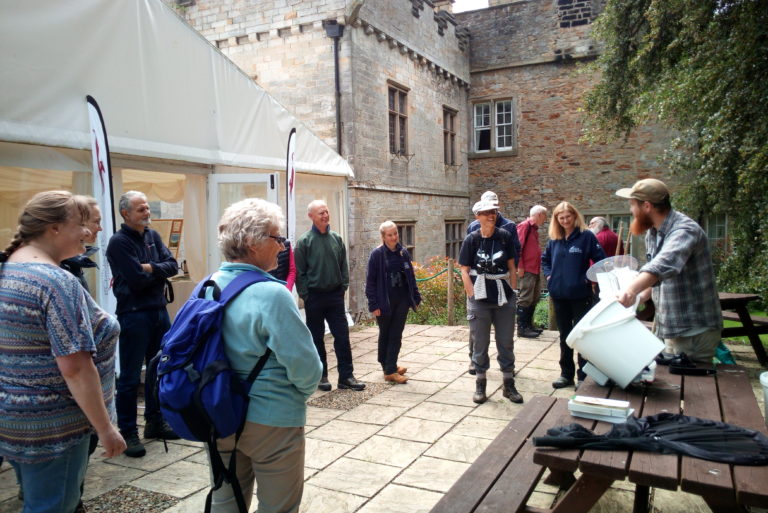
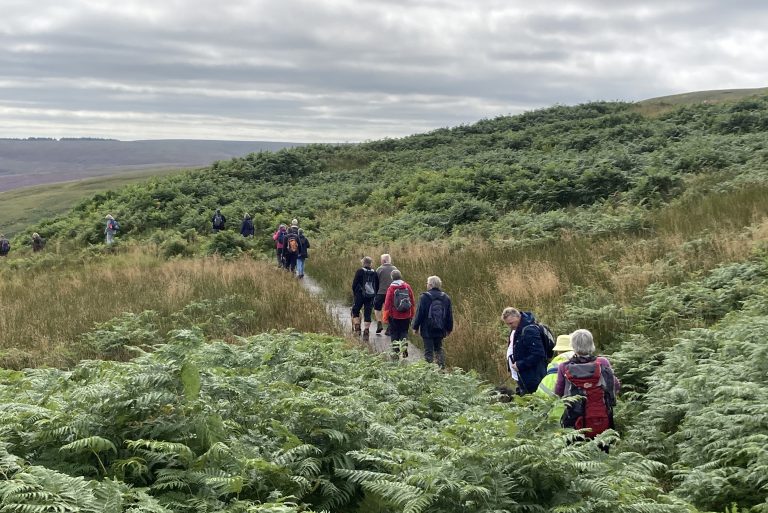
I’m grateful for publishing such engaging material on your blog.
Your approach to showing the intricacies of photography turns your posts absolutely
captivating. It’s clear that considerable skill and dedication is poured into your
work, which makes it a valuable resource for photography
enthusiasts such as myself. Keep up the great
work, and thank you for deepening our appreciation of photography.
Best regards, Anja